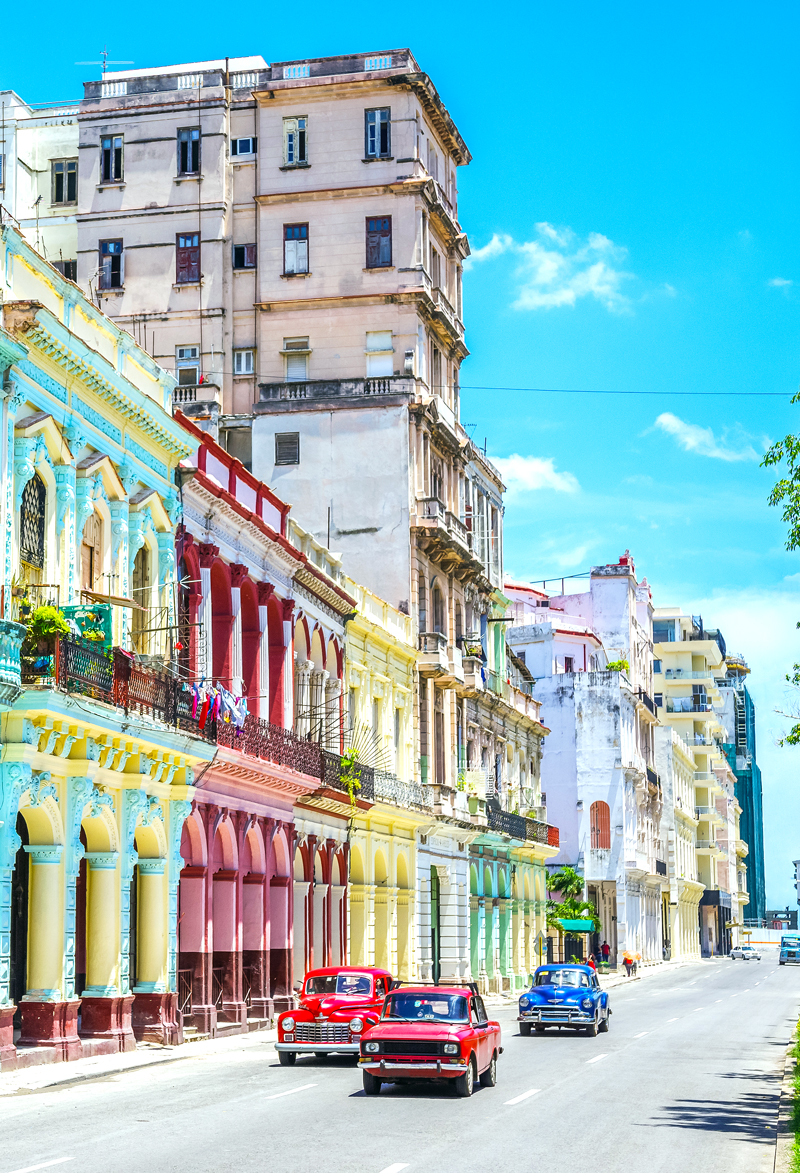The only constant in life is change — and that applies to travel as much as anything else. While vacation places that were once cherished by previous generations may evoke nostalgia, many have lost their allure over the years due to changing trends and preferences in travel. Of course, some destinations — like the Pyramids of Egypt or Yellowstone National Park — endure as timeless travel destinations even as they bask in the glow of past golden eras. Other places, from former honeymoon hotspots to once-elusive travel experiences, may have been the go-to for your grandparents, but are less likely to be found on your travel itinerary these days. Discover the stories of seven famous vacation hotspots throughout history.
The Poconos – Pennsylvania
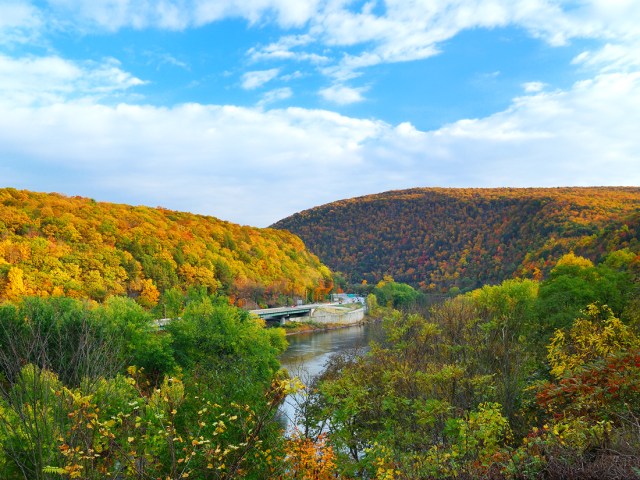
The Pocono Mountains were once a booming honeymooners’ haven. Although resorts existed in the stunning mountain region as early as the 1820s, its tourism boom kicked off in earnest in the 1950s. During World War II, the Poconos became a place of solace for returning soldiers and their partners, and in 1945, the first honeymoon resort was established, starting a burgeoning industry that would proliferate throughout the 1960s.
However, honeymooners’ preferences shifted over time, and many Poconos resorts closed their doors by the 1990s. Today, many sadly remain boarded up and abandoned, but fortunately, the area still boasts year-round, family-friendly vacation resort options — and, yes, even a kitschy heart-shaped relic or two for honeymooners looking to keep the vintage romance of the area alive.
Niagara Falls – New York
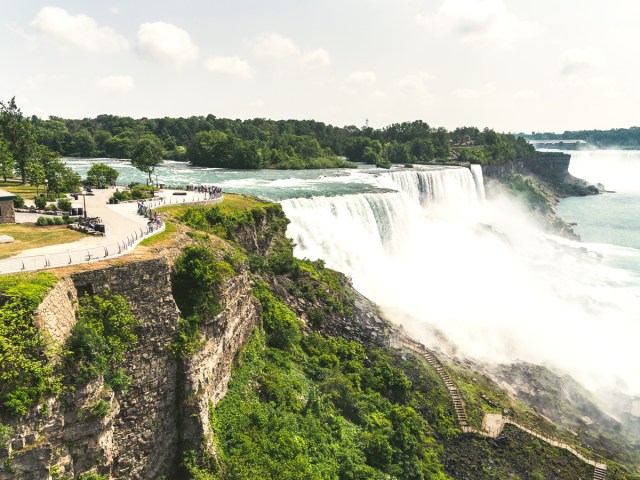
Alongside its reputation for daredevil feats and shocking stunts throughout the 19th century, Niagara Falls also emerged as a honeymoon destination around the same time, billing itself as the “Honeymoon Capital of the World.” In the early 1800s, famous figures like Napoleon Bonaparte’s brother Jerome Bonaparte and American socialite Theodosia Burr, daughter of future Vice President Aaron Burr, celebrated their nuptials with a getaway to this (still highly popular) natural wonder.
These high-profile honeymooners inspired others of the same social ilk, and while the destination initially remained exclusive to the wealthy, the opening of the Erie Canal in 1825 helped make it more accessible for middle-class honeymooners, too. The popularity of Niagara Falls as a honeymoon destination endured for generations, but it began to dwindle with the dawn of the early 1960s jet age, when international air travel started to become a reality for the average American. Still, the falls retain a nostalgic charm today, and honeymooners can easily find accommodations with vintage heart-shaped hot tubs for their romantic getaway.
Yellowstone National Park – Wyoming

Established in 1872 as the country’s first national park, Yellowstone remains one of the country’s most beloved natural spaces, ranking as the seventh- most-visited U.S. national park in 2023. When the park was established, transportation still came with a high cost and minimal options. At the time, the park was primarily the domain of upper-class vacationers, but Yellowstone’s later transformation into a destination with national appeal was marked by several shifts.
During the late 19th and early 20th centuries, America became infatuated with the great outdoors, a trend sparked by the unexpected success of William H.H. Murray’s 1869 book Adventures in the Wilderness. Highways soon began connecting more U.S. cities, and by mid-century, it was common to have a car — and to take it on a road trip to the glamorous American West. The confluence of the country’s love of family camping trips and road trips, plus a post-war park revitalization, made Yellowstone a defining family vacation destination of the era. By 1965, it was welcoming 2 million visitors a year.
Havana, Cuba
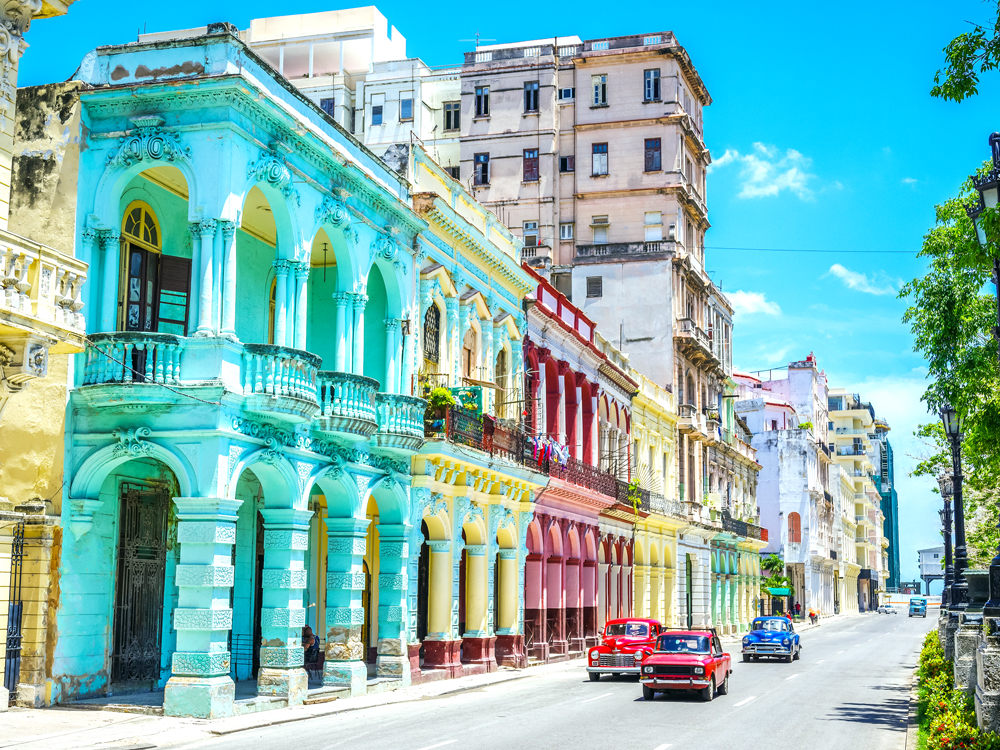
In the early to mid-20th century, Cuba’s capital city, Havana, saw a surge in popularity among U.S. vacationers. Prohibition played a part in this: As the U.S. banned the sale and production of alcohol, Havana’s liberal entertainment scene was a big draw. The city’s casinos, nightclubs, and vibrant music community even earned it the nickname “the Paris of the Caribbean.”
But not long after, the city fell out of favor as a popular destination. The Great Depression of the 1930s, the end of Prohibition, and the onset of World War II were all contributing factors. Significant political challenges soon followed, and tensions between the U.S. and Cuba led to a ban on pleasure travel for many decades. By the end of the 2010s, warming relations between Cuba and the U.S. saw an increase in the number of travelers visiting the country again, although primarily to all-inclusive resorts.
The Pyramids of Egypt
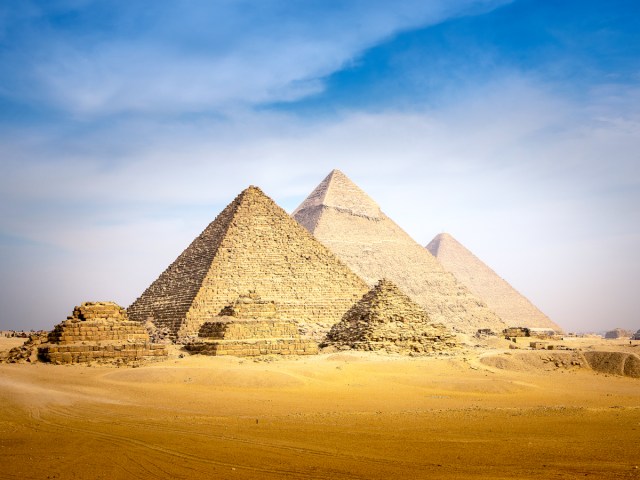
The period beginning around 1900 to the end of the 1930s marked the golden age for cruises. Large, luxurious ocean liners took passengers on grand tours of the Mediterranean and the Caribbean, frequently docking for day trips to famous landmarks along the way. Egypt’s Pyramids of Giza and the Sphinx were both popular stop-off destinations, and awestruck tourists could even climb the pyramids — something that was banned by the early 1950s.
While such cruises have largely gone out of fashion, the pyramids remain on many travelers’ bucket lists today, as fascinating symbols of ancient Egyptian civilization. It’s far easier to get there by air travel now, and despite not being able to climb them, there are numerous tours and excursions to appreciate their historical significance.
African Safaris

Safari vacations in eastern African countries like Kenya were a popular choice among affluent, adventurous travelers of the early 20th century. Tourists, often from Europe and North America, trekked to the continent on cruise liners to observe lions and other wild animals in their natural habitats (and also often participated in big game hunting).
The growth of the safari industry was also influenced by the expansion of colonialism in Africa, which facilitated easier access to remote regions and wildlife reserves. A popular lodge during that era was Cottar’s 1920s Camp. The family-run safari company has been hosting guests since the 1920s and remains the oldest lodge in operation in Kenya’s famed Masai Mara wildlife reserve. The lodge is still frequented by royalty, dignitaries, and celebrities. Today, visitors can also choose to experience one of several locally-owned camps, such as Enaidura Camp.
Acapulco, Mexico
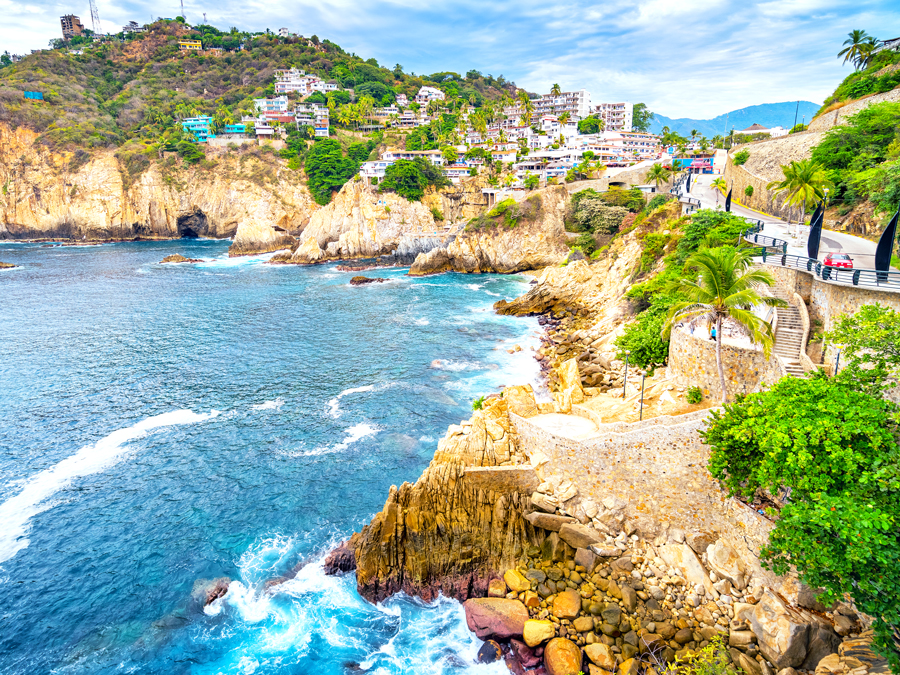
Before Cancun became Mexico’s most-visited beach destination (and Tulum the most Instagrammed), Acapulco reigned as Mexico’s must-see spot. Starting with the first resorts built in the 1940s and continuing through the 1970s, when the popular TV sitcom The Love Boat made it even more famous, Acapulco and its sandy shores were a beacon for Hollywood royalty and other wealthy travelers.
In the late 1960s, the Mexican government wanted to duplicate Acapulco’s success in other areas of the country. Cancun’s consistently good weather, beautiful beaches, proximity to archaeological attractions, and lack of existing industries made it the top choice as a new resort area. By the mid-1970s, the first hotel opened; within a year, the city welcomed 100,000 tourists. In the years that followed, Acapulco unfortunately declined with the increase of organized crime activity, falling out of favor with tourists who now had a plethora of Mexican vacation options.
More from our network
Daily Passport is part of Inbox Studio, which publishes content that uplifts, informs, and inspires.






